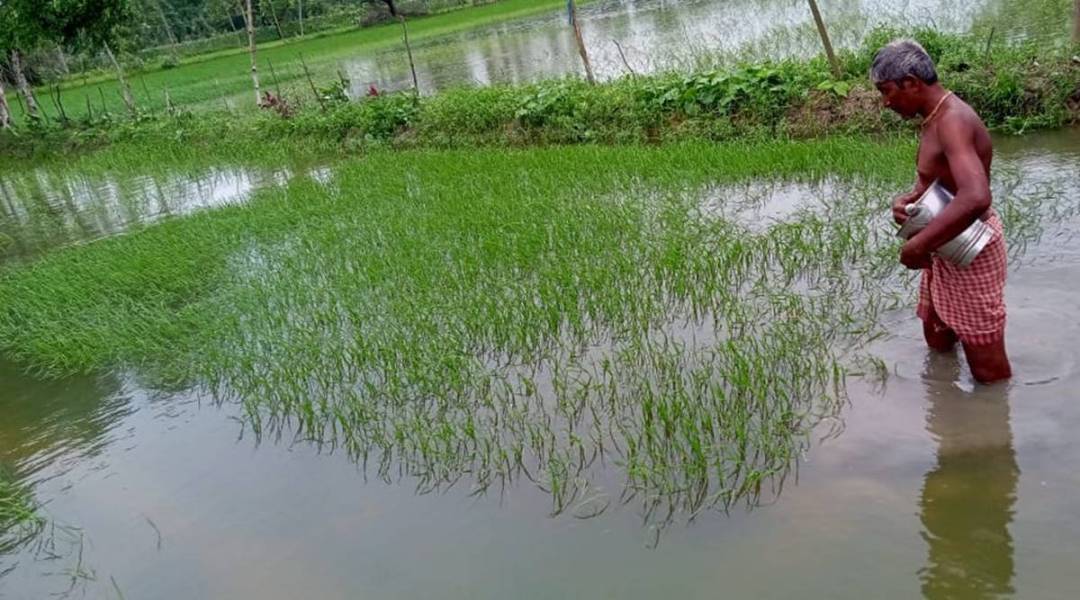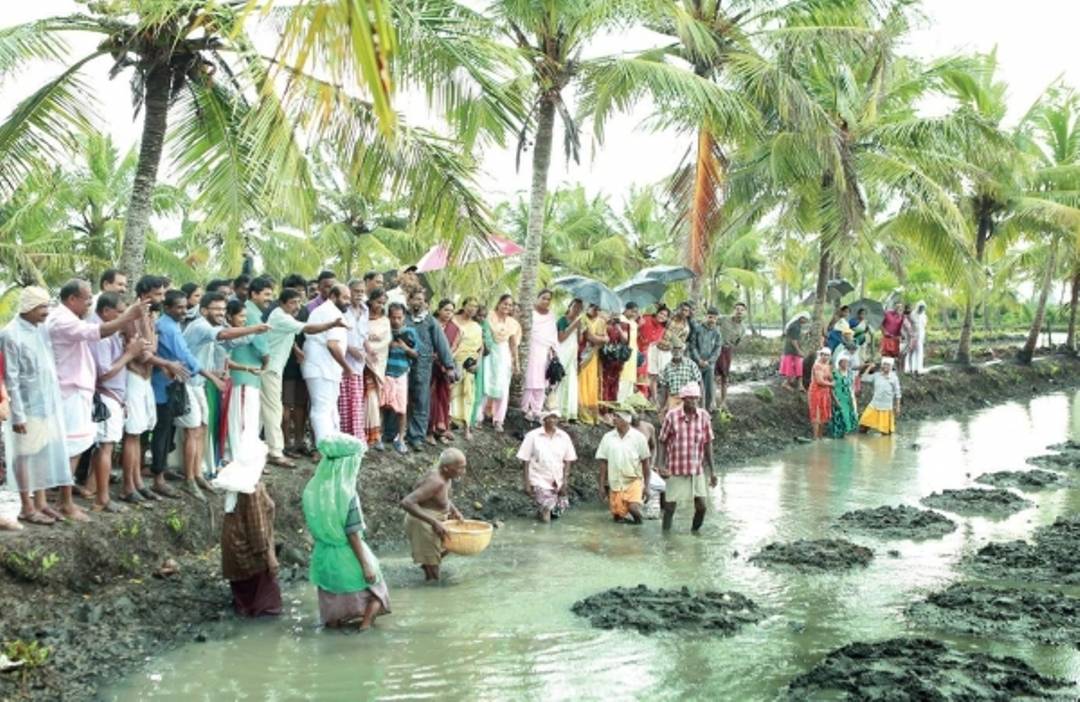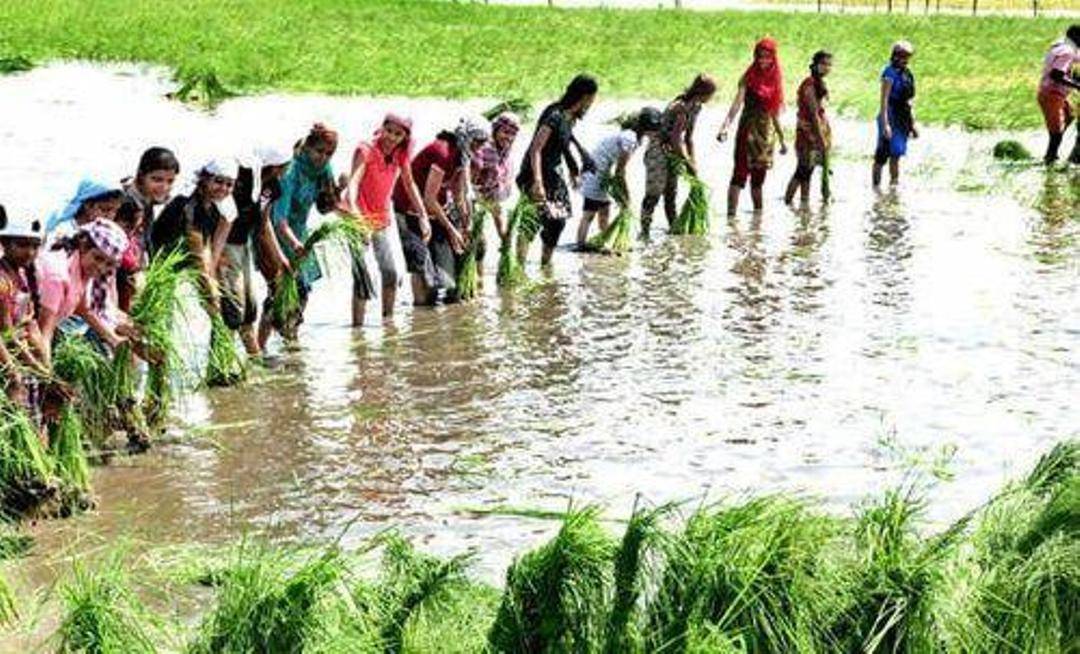
We may know about a range of rice varieties, but do you know about a rice variety that has been cultivated for 3000 years in Kerala and is still grown? This rice variety, which carries an interesting history, is cultivated in a purely organic manner.
This rice is Pokkali and the farming practice is often called Pokkali farming.
This rice cultivation uses one of the oldest organic farming techniques in the world. Do you know the Geographical Indications Registry Office of Chennai has given this rice the GI tag?
Areas of cultivation of Pokkali
The rice is cultivated organically in the water-logged coastal areas sprawled in around 5000 hectares in Thrissur, Alappuzha, and Ernakulam districts of Kerala.
What’s special about Pokkali rice and farming?
Pokkali farming is done with alternative aquaculture. There is no use of fertilizers. The entire farming is done in a completely organic manner.
-
Pokkali rice is remarkably resistant to salinity.
-
This organically-grown rice has a peculiar taste.
-
It has high protein content.
-
According to farmers, size of rice grains is extra large and it has medicinal properties.
It is believed that Pokkali rice gave fishermen the astounding energy to be at sea all day and catch fish. Do you know the University of Arizona, US, has created a DNA library for the rice?

Pokkali rice cultivation
The rice is grown from June to the beginning of November. During this period, water in fields has low salinity. From mid November to mid April, prawn farming is done when the field shows high salinity.
Now the interesting thing happens.
Prawn seedlings swim into the rice fields from the sea and backwaters after the rice is harvest. These seedlings feed on the crop leftovers.
Thanks to the prawns “paying a visit” to the fields, the rice crop requires no manure or fertilizer. The crop takes in nutrients from excrement of prawns, scales of prawns that shed, and other remnants.
The secret to the highly fertile rice fields is the tidal flow. Rice plants grow in a natural manner. They grow upto 130-140 cm in order to survive in the water-logged area. When they mature, they bend and collapse. Only the panicles stand upright.
The rice is harvested by the end of October. The panicles are cut just 30 cm from the top. The rest of the stalk is left in the field to decay. These leftover stalks become food for the prawns. The second phase of Pokkali farming features prawn filtration.

History of Pokkali
A long time ago, there was a great flood. This washed the seeds of Pokkali from the Western Ghat to the low-lying, water-logged areas of Kerala. Here, the rice variety survived and thrived. It nurtured the communities living here.
It is believed that the Kudumbi community that migrated from Goa to Kerala brought this rice grain with them.
Do you know Pokkali rice is also cultivated in Sri Lanka? People believed that it may have reached Sri Lanka through the Buddhist missionaries. Or it could be vice versa too.
Stories revolving around this oldest rice variety of Kerala are galore. Interestingly, it has not exactly originated in Kerala.
Meaning of “Pokkali”
In Malayalam, Pokkali means “One who grows tall.” The rice stands true to its name, as it soars 6 feet high in the fields.
The heirloom Pokkali rice
M.S. Swaminathan Research Foundation, which is a globally-recognized ethno-botanical and agricultural research foundation, recommends the need to conserve critical and indigenous rice varieties, particularly due to their climate-resilience.
Professor Ashwani Pareek, who is from JNU and has co-authored the study published in Scientific Reports, says, “Pokkali has an excellent gene pool which is very useful for salinity tolerance.” The Professor has been studying the remarkable salinity tolerance of Pokkali rice and its genetic basis for 20 years.
International Rice Research Institute scientists are busy producing newer paddy varieties from Pokkali variety for cultivation in coastal, high-saline areas.
The answer to climate change?
There is no doubt that Pokkali has stood the test of time. It continues to thrive despite the modernization and mechanization of agriculture. It grows with no fertilizers and tools. It grows in water. It feeds not only the human communities, but also the aqua creatures. And it takes nutrition from them. This is a symbiotic relationship.
Pokkali rice farming and aquaculture go together. They are made for each other. They balance the ecosystem.
They also show a great promise on how integrated and organic farming can withstand climate change and vagaries of weather with good carbon sequestration and mitigation in methane production. Looking at the rapidly change in climate conditions, we need to encourage such climate adaptive traditional techniques.
A few years back when Kerala encountered one of the most devastating floods in history, many of the Pokkali farms survived with zero damage to crops.
One of the farmers had truly said, “Never dominate. Instead, live in favor of nature. Then it never betrays.”
Pokkali rice also teaches us an important lesson: It is important to stay in touch with our roots, i.e., tradition. And never disconnect with nature.

















